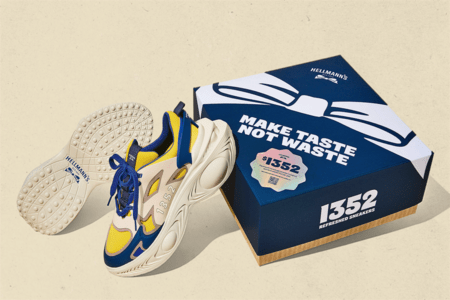
Indian texile and apparel industry reinventing itself
YarnsandFibers News Bureau 2019-07-02 00:00:00 –India feels the adverse social and environmental impact of ‘fast fashion’; however, this may change soon.
India is a global manufacturing hub for textiles and apparel, coping with growing international and domestic demand. The global textiles market is projected to reach $1.3 trillion by 2025. Similarly, the domestic market for apparel is estimated to reach $59.3 billion by 2022 and that for textiles to grow to $223 billion by 2021. The industry is also critical in terms of income and employment generation, contributing to 5 percent of India’s current GDP.
Yet, there is a serious cause for concern. 60 percent of Indian textiles are cotton based, and cotton cultivation consumes 25 percent of the world’s pesticides. The wet processing of textiles generates an enormous quantity of waste sludge and chemically polluted waters. In addition, textile is the third biggest contributor of dry waste in most Indian states.
However, with rising awareness of these challenges, globally and in the Indian context, brands and manufacturers are willing to make a shift to circularity. But what does this mean and what steps are being taken towards it?
Indian brands, manufacturers and retailers are increasingly willing to join the global circularity movement
A new level of ambition among global industry leaders is preparing for the end of ‘fast fashion’. Tragedies like Rana Plaza in Bangladesh in 2013, where over 1,100 factory workers died, have raised global awareness. An increasing number of consumers are also pushing for change with their buying behaviour.
Hence, forward-looking industry players are preparing themselves for ‘self-disruption’ to build a 'Circular Fashion Industry' globally. This would mean building a fashion industry that can phase out substances of concern, increase clothing utilisation, improve recycling and efficiently use resources, according to the New Textiles Economy report by the Ellen MacArthur Foundation. This trend has led to an increasing number of industry-led initiatives such as the Sustainable Apparel Coalition, a group of leading brands, retailers, manufacturers, non-governmental organisations, academic experts, and government organisations who developed the Higg Index.
Simultaneously for the Indian industry, the local environmental challenges coupled with a globally dispersed value chain embracing circularity, has brought them to the brink of circular innovation. Hence, organisations have started experimenting and innovating towards the circular textile economy goals.
Embracing innovation is fundamental to making this transition
Indian corporations committing to circularity have begun to view startups as inspiration for new technologies and business practices. India has also become a hotbed for circular startups, where innovations range from alternative materials to innovative retail models. Mumbai based Boheco is trying to reduce and replace the use of cotton in textiles with hemp fiber, while Chennai based Trustrace is using blockchain technology to improve transparency and traceability in the supply chain. Lionise and Kiabza are two startups innovating with new retail models of rental and second-hand clothing respectively. These innovative enterprises, along with others, have had a significant impact on the circularity agenda already.
Corporate-startup partnerships are becoming more commonplace as both stakeholders begin to see the benefits of collaboration. While corporations require large-scale organisational innovation to make an impact, startups are agile and can respond to challenges with individual or small scale innovation.
Early movers in the Indian fashion industry are already taking active steps to engage with a pool of circular innovators
A consensus is emerging that to make an impact on the circularity agenda, it is essential to accelerate collaboration between corporations and startups. Enablers having access to entrepreneurs and other innovation pools are identifying and driving ‘unlikely alliances’ between the two.
This is a strong indication that the textile industry is beginning to embrace the circular economy through serious intent and not just an ephemeral sentiment. The movement is set to remarkably influence and shape the core value system of the industry over the coming years.
Courtesy: Forbes India
Market Intelligence
Ask for free sample Report

experience
Customer Base
dedicated team
Countries Served Worldwide




![Freitag unveils new Mono[P6] circular backpack](https://www.yarnsandfibers.com/wp-content/uploads/2024/04/Freitag.jpg)




